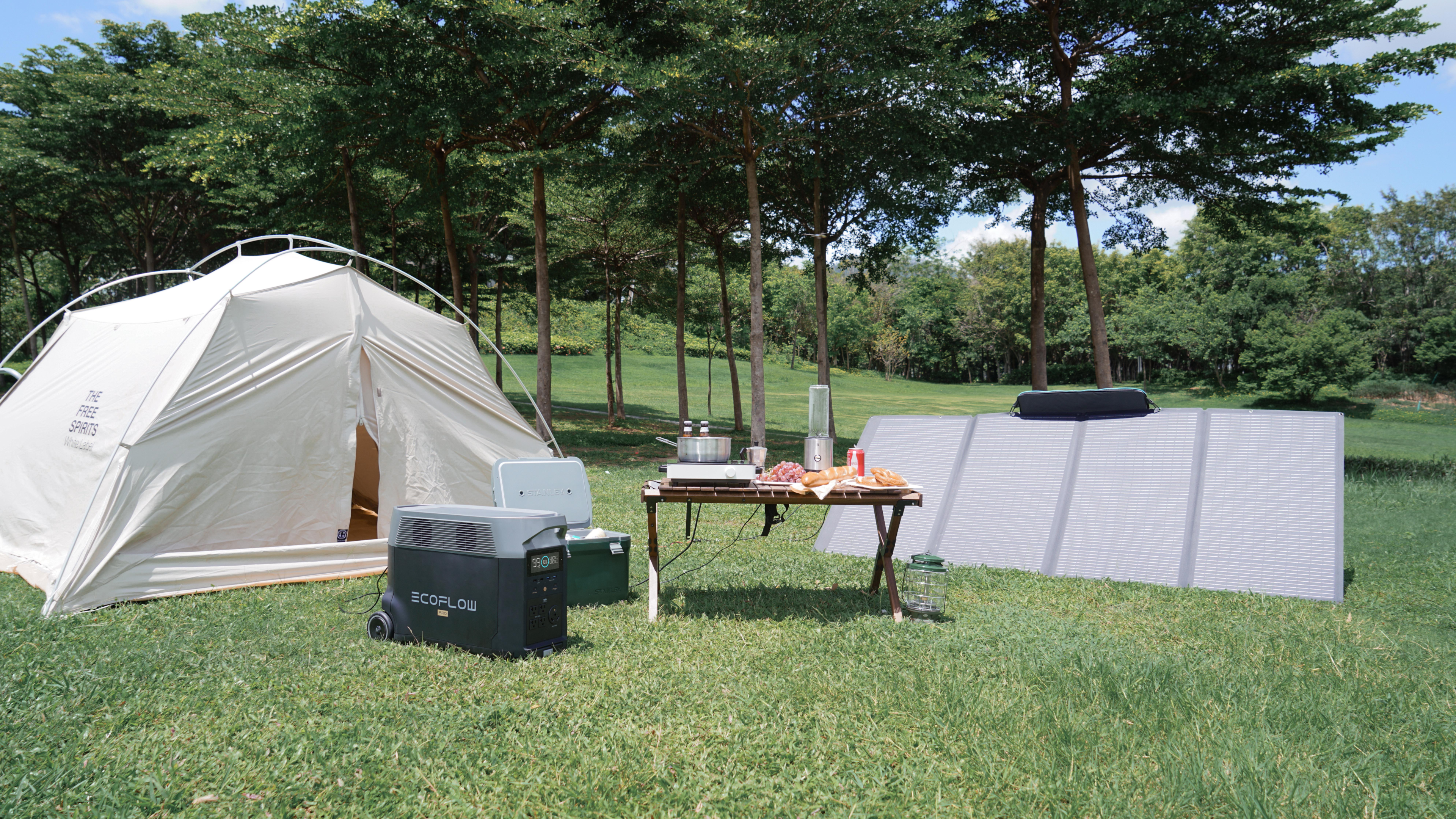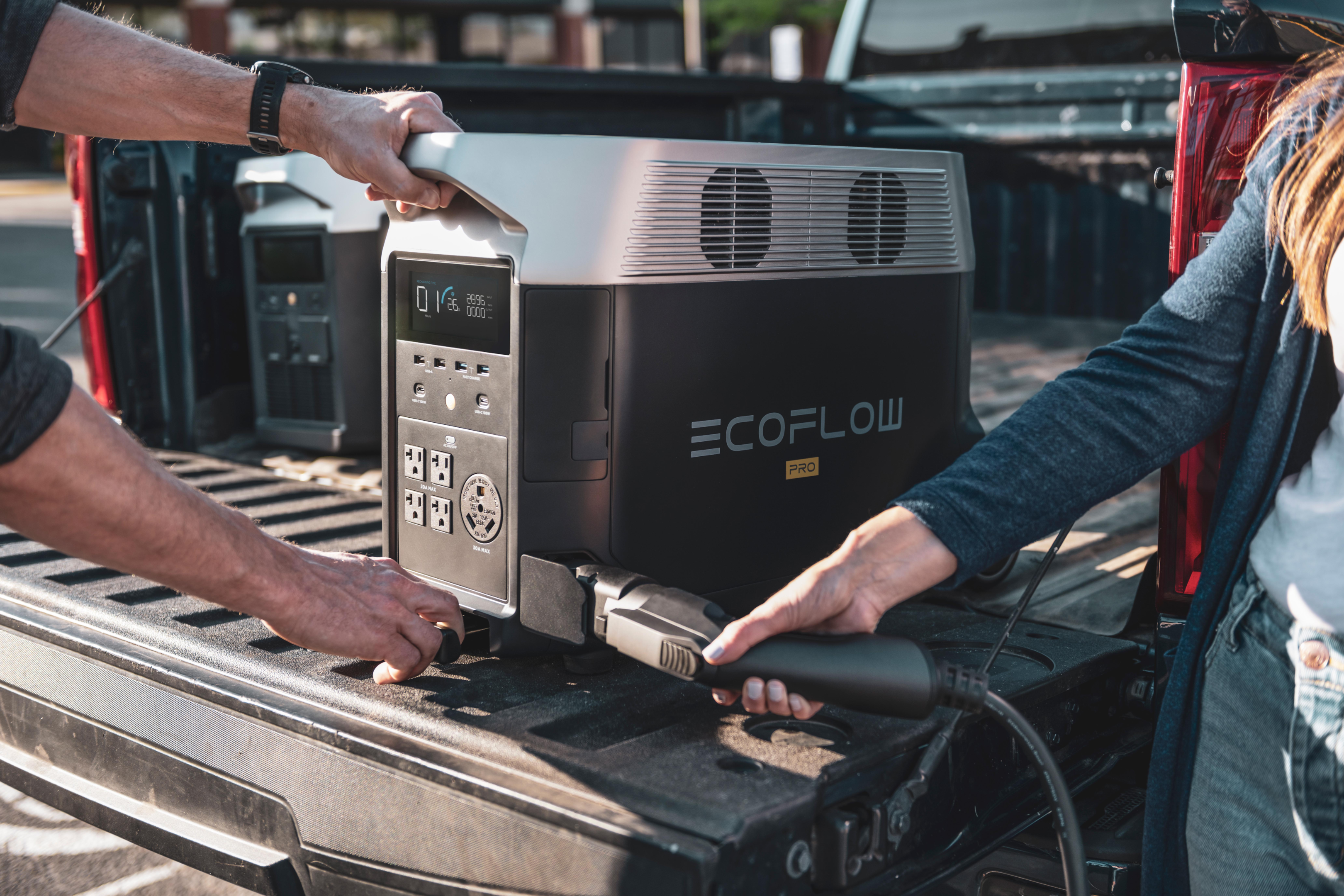Your Cart is Empty
TALK TO AN EXPERT: Call, Text or Chat Mon-Friday 10AM-5PM CST [ 1-844-WILDOAK ]
Menu
-
- Berkey Water Filters
- Homesteading
- Composting Toilets
- DIY Shed Kits
- Barndominium Kit
- Garage Kits
- Chicken Coops
- Dairy Equipment
- Propane Wall Heater
- Harvest Right Freeze Dryers
- Water Filtration
- Greenhouse Kits
- Solar Fridge & Freezers
- Solar Generators
- Solar Panels
- Beekeeping
- Poultry Processing
- Dog Kennels
- Gazebo Kit
- Saunas
- Hunting Blind
- Compost Tumbler
- Drip Irrigation Kit
- Shade Cloth
- Living Off The Grid
- Off Grid Toilet
- Composting Toilets
- Incinerating Toilet
- Chicken Coops
- Greenhouses
- DIY Shed Kits
- Barndominium Kit
- Garage Kits
- Poultry Processing
- Dog Kennels
- BeeKeeping
- EMP & Signal Protection
- Emergency Food Kits
- Freeze Dryers
- Solar Generators, Panels and Batteries
- Solar Fridge & Freezers
- Propane Wall Heater
- Water Filtration
- Coolers and Cooking
- Gazebos
- Portable Sauna
- Camping Cot
- Hunting Blind
- Canvas Tents
- Prepping
- Overlanding Gear
- Composting Toilets
- Solar Generators
- Brands
- Chicken Coop Brands
- Composting Toilet Brands
- Solar Brands
- Food Storage Brands
- Freeze Dryer Brands
- Water Filtration Brands
- Incinerating Toilet
- Dry Flush Toilet Brands
- Waterless Toilet Brands
- Heater Brands
- EMP Shield Brands
- Tent Brands
- Cot Brands
- Cooler Brands
- Stove & Grill Brands
- Dog Kennels
- Greenhouse & Gazebo Brands
- Portable Saunas
- DIY Shed Kits
- About Us
- Resource Center
- The Ultimate Prepper & Emergency Survival Blog - Includes Free eBook
- Beginners Guide to Living off The Grid - Includes Free eBook
- Building Your Own Emergency Food Supply
- Best Survival Food to Be Prepared for Anything
- Berkey Lab Tests & Certifications
- Federal Solar Tax Credit - What You Need to Know
- BLOG
-
- 1-844-945-3625
- Login

TALK TO AN EXPERT: Call, Text or Chat Mon-Friday 10AM-5PM CST [ 1-844-WILDOAK ]
How Long Do Portable Power Stations Last?
by Jefferson Ebasan 6 min read
Portable generators are smaller; lesser-known cousins are mobile power stations. They keep your power equipment, phone, and other electrical devices charged and operational. These compact power banks are portable and can be taken to construction sites, camping vacations, or anywhere else where electricity is required. They can also be used as backup power sources in a power outage if you need to keep your phone or other important gadget operating.
Electricity is available whenever and wherever you need it with the most excellent portable power stations. They don't use gasoline and run almost silently, unlike portable generators. Models that are small enough to carry in a backpack can charge phones and tablets. During a power outage, heavy-duty models can power refrigerators or well pumps.
The longevity of a portable power station is determined by two factors: how well it is maintained and how frequently it is utilized. When you use a product from full charge to zero charges, it is called a cycle. So, if you only use your portable power station once or twice a week, it might only last a year or two. However, if you only use it sometimes, it will last considerably longer.
It may also be affected by the backup unit's power capacity and the number of electronic device connected to it. Lower-wattage teams can only provide roughly 10 hours of emergency power, whereas higher-wattage units can give several days of power. In addition, many contemporary battery capacity backup systems allow for solar panel charging, providing you with continuous charging alternatives during extended power outages.
Check Out EcoFlow's Strongest Portable Generator

EcoFlow Delta Pro
With a successful Kickstarter campaign, the Delta Pro is undoubtedly the popular favorite. Owning one is a great pleasure, with one of the lowest bucks per watt-hour, unrivaled charging time, WiFi functionality, and a host of accessories. The Delta Pro is in a class of its own, as it was meant to be extendable with a battery life of up to 20kWh. As stated in the advertising, using solar panels to generate electricity can lead to power independence.

It is, however, the largest, weighing about 50kg. It is not a portable power station in the same way other units like the Jackery are. The lightning-quick charging time translates to a high input current, starting with certain household circuit breakers. It's also less appealing to casual users who want to charge many smartphones and portable devices simultaneously due to the limited number of USB connections.
(To read the entire review, go toEcoFlow Delta Pro.)
What can you run on a portable generator?

Smaller electronic devices and appliances, such as phones and table fans and heavy-duty work lights and CPAP machines, are typically powered by portable power stations. Pay attention to the projected watt-hours listed in each brand's specifications to determine which model is best for your needs.
If a firm claims that its portable power station has 200 watt-hours, it should run a 1-watt gadget for around 200 hours. First, consider the watts of the devices you want to power, and then the number of watt-hours your portable power station would need.
What size battery backup do I require?

Making a list of gadgets you'd like to keep operating during an outage is the easiest way to determine your emergency power requirements. Do you only want to keep your phones charged and listen to weather updates on the radio? A low-wattage backup is a way to go. Do you have medical equipment, regular appliances, or a pellet stove that has to be powered? It is preferable to purchase a backup system with a significantly higher wattage.
Once you've compiled a list of gadgets, add their voltage and wattage together; this is the least amount of output your battery life backup system should have. It's preferable to have a backup that provides a little more juice than you require than to have one that can't keep up.
Can a portable power station power a TV?
While most portable power stations aren't designed to power televisions, they can if the TV's wattage doesn't surpass the portable power station's operational wattage.
Is it possible to use the portable generator to run a refrigerator?
Depending on the refrigerator and the portable power station, yes.
The annual energy usage of this conventional refrigerator, for example, is predicted to be 608 kWh. This equates to 1,670 Watt-hours a day or 1.67 kWh per day.
The equivalent of 1,670 watt-hours per day is less than 70 watt-hours per hour. If you need to power your fridge during a brief power outage, a 200 Watt-hour power station can keep it running for nearly three hours. To keep your fridge operating for longer, you'll need a larger watt-hour estimate. Mini refrigerators have a substantially longer lifespan than larger refrigerators.
Can a portable power station power a heater?
It depends on the heater and the portable power station in question. The portable power station can run the heater as long as the heater's wattage does not exceed the power station's running wattage.
What's the difference between a generator and a portable power station?
Instead of just storing electrical energy, a generator creates it by burning gasoline or another fuel. On the other hand, generators are much larger instruments that are built to support a much larger number of electronics. Many generators can power a whole house, whereas portable power stations are suitable for small appliances and electronic gadgets like smartphones, tablets, camp coolers, and camp stoves.
Consider These Factors Before Making a Purchase

While all portable power stations provide a distant power source, their characteristics differ significantly. The crucial criteria listed below will assist you in selecting the best portable power station for your needs.
Power Output
A small portable power station can be used to charge your phone, tablet and possibly run a few camp lights. For a while, those built for residential usage might be able to run the TV, refrigerator, and even power-hungry air conditioning simultaneously.
The number of watts (W) available indicates the unit's power output. Frequently, there are two figures. For instance, 1,000W/500W. The first is peak watts, which accounts that all-electric motors spike when they initially turn on. The amount during typical operating is the second figure. The quantity of watt-hours (Wh) also indicates how long the portable power station will last before needing to be recharged. Of course, actual performance will vary depending on what is plugged in and for how long, but the figure is suitable for comparison.
Even though all electrical equipment has a watt rating, determine which gadgets can operate together. The best portable power station manufacturers will provide estimations such as how many times a device can charge a phone, how long it can power a laptop, or how long it can run a mini-fridge.
Weight
Portability is a relative notion when it comes to power stations. For example, models designed for camping can weigh as little as 2 or 3 pounds. On the other hand, they can weigh up to 80 pounds at the other end of the scale. Because they usually have wheels, the latter are referred to as "portable."
Options for Charging
In effect, a portable power station is a large battery capacity backup. Even the most excellent portable power station runs out of electricity, unlike a generator, which continues to deliver the same power level as long as it is running. How it is recharged and how rapidly restored has a significant impact on its convenience. The quickest method is to plug them into an ordinary household outlet. Many can be charged through USB and a vehicle's 12V DC power outlet. The majority of them can be connected to solar panels. While the latter can give free energy wherever it is used, not all systems are dependable, and it is frequently the slowest alternative. It's also inconvenient because it requires the device to remain stationary during the day.
Type of battery
Lithium-ion batteries make up the majority of portable power stations batteries. It's tried-and-true technology. Lithium iron phosphate batteries, often known as LiFePO4 or LFP batteries, are becoming more common. Their key advantages are a ten-year life expectancy (twice that of lithium-ion) and speedier charging periods. In addition, they are non-toxic, non-polluting, and do not contain rare metals.
Cost
The cost of a portable power station is not cheap. Portable inverter generators, the only genuine option, are also noisier and use fuel. Taking the time to sift through your power requirements increases your chances of getting the most bang for your buck.
Leave a comment
Comments will be approved before showing up.